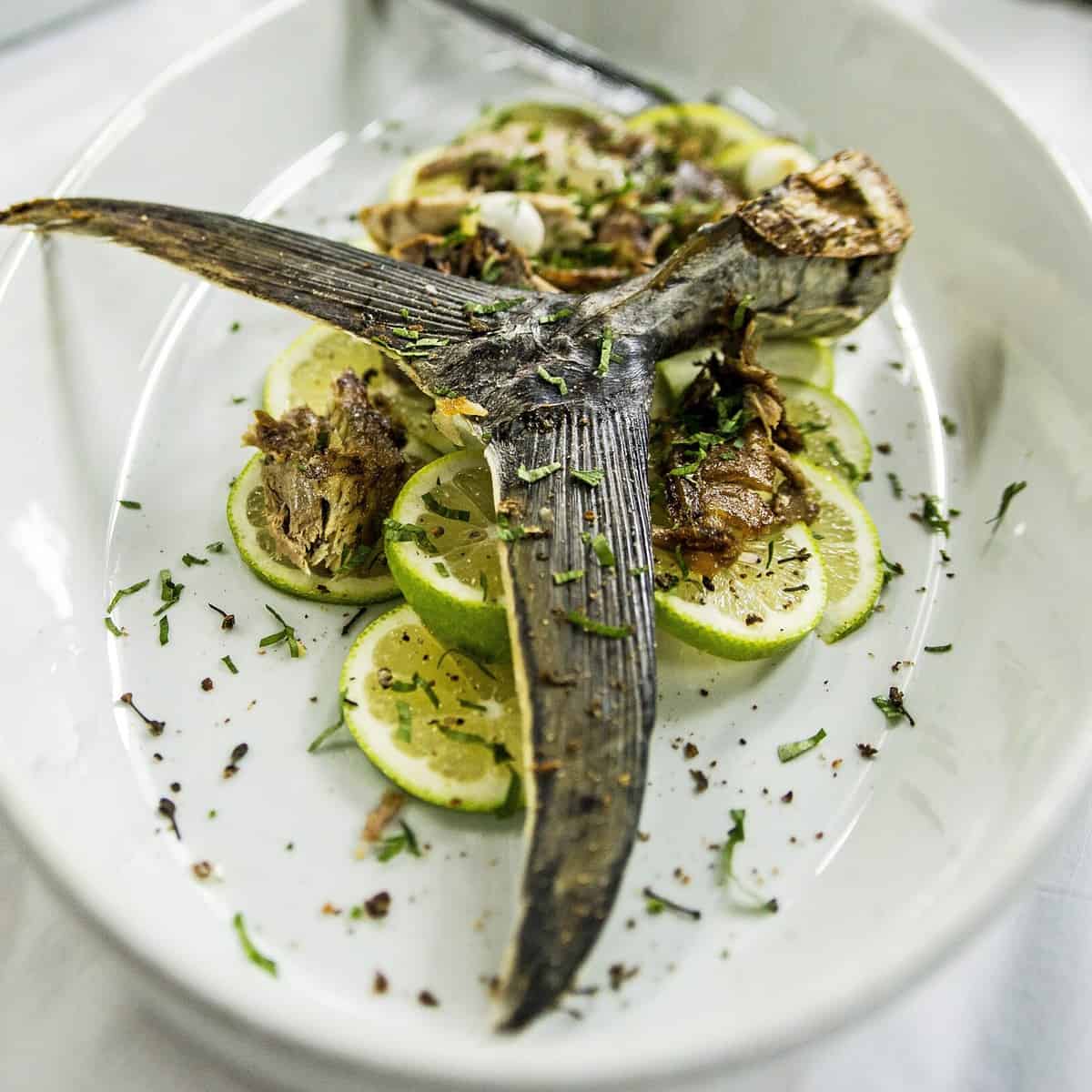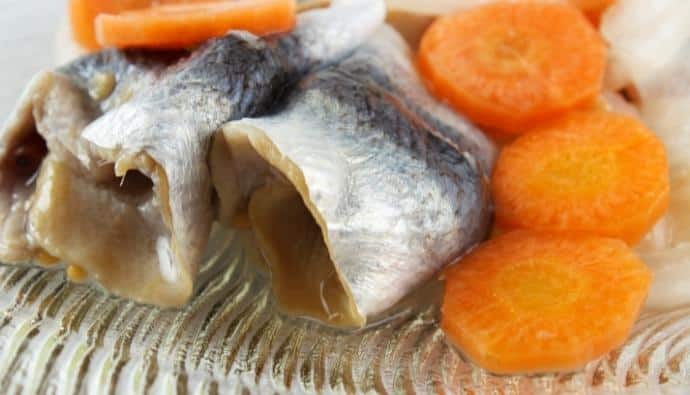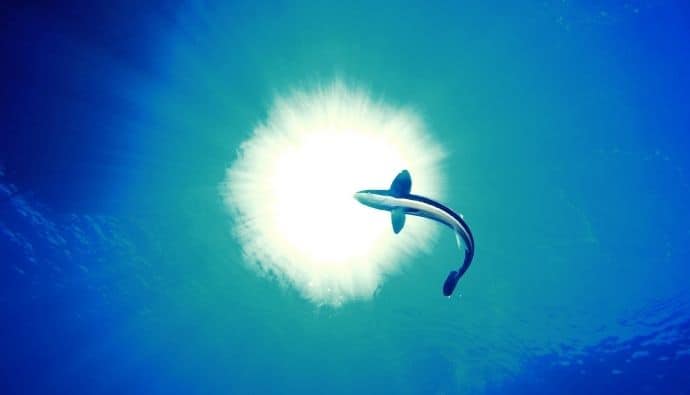Are you curious about whether you can eat koi fish? Koi are commonly found in ponds as decorative fish, and some cost thousands of dollars. In this article, we examine whether or not it’s worth eating one of these beautiful fish.
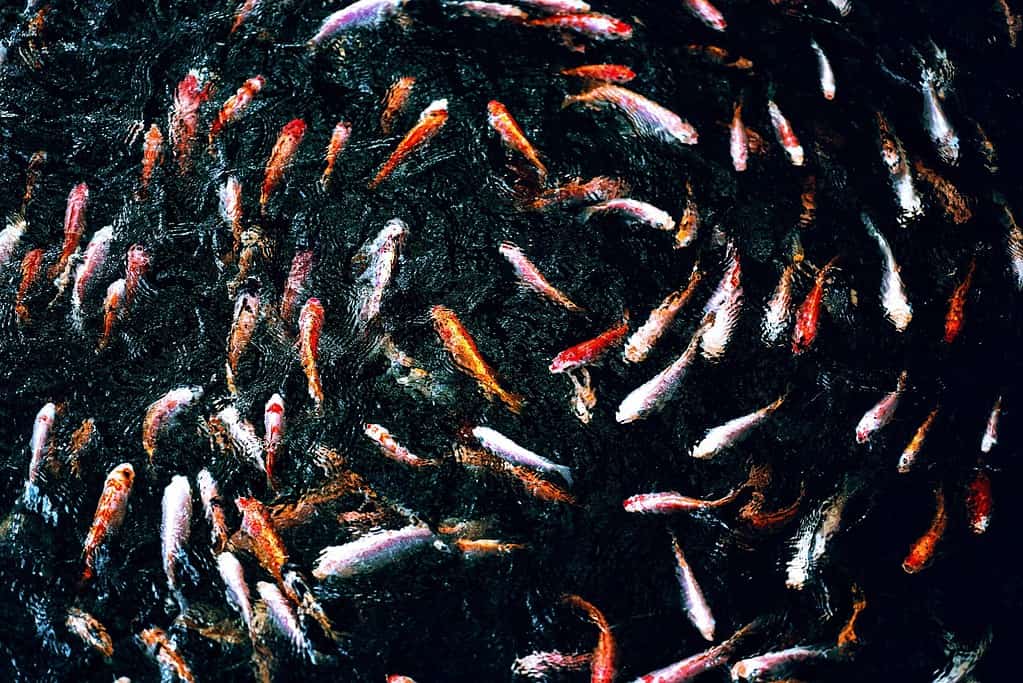
In Japanese culture, it’s believed that Koi fish brings in fortune since it’s a symbol of good luck. It’s a domesticated variant of the amur carp commonly captive-bred with vibrant colors.
The koi carp are ornamental fish that are usually seen in backyard ponds. It’s an expensive fish priced for its physical appearance and long life span.
With its aesthetic quality, can you eat koi fish? Learn about this fish species and clarify if you can eat Koi.
The Short Answer
You can eat koi fish. However, in the United States, they aren’t typically eaten. Since they frequent muddy and stagnant water, they tend not to taste good, and their meat can be oily. They’re better as pets and ornamental fish.
Can You Eat Koi Fish?
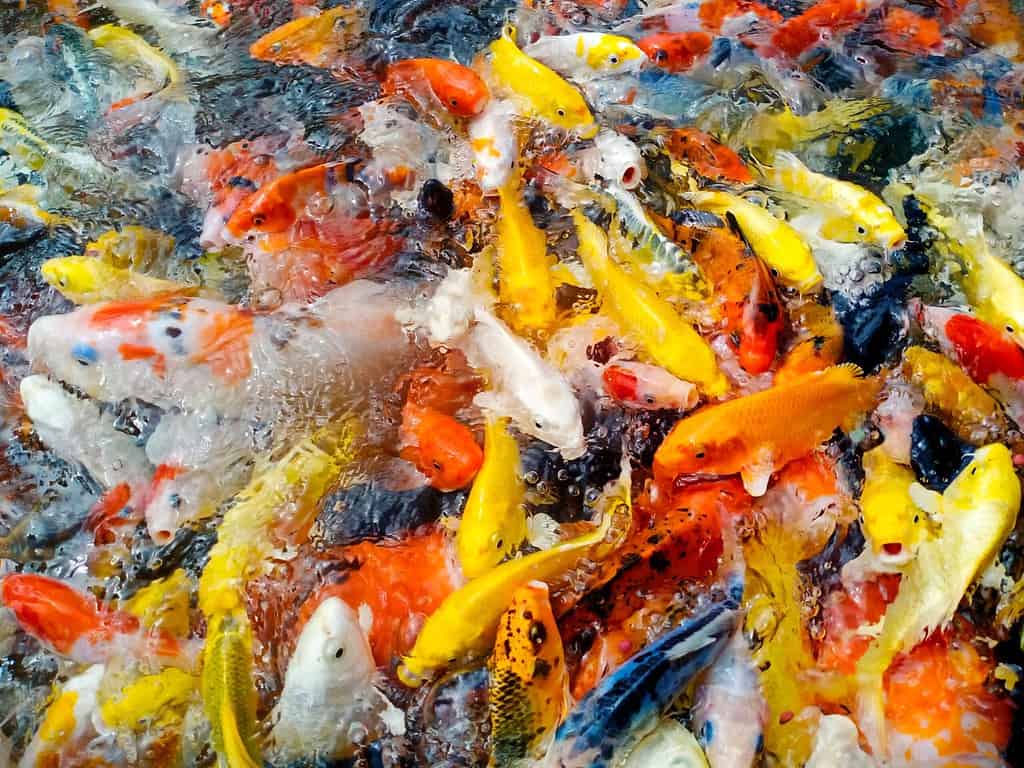
Yes, you can eat Koi.
Those who have tried it compare its taste with a catfish. These freshwater fish were at first taken to Japan and SE Asia as edible carp meat.
It’s considered one of the healthiest fish for consumption due to its vitamins and minerals such as omega-3 fatty acids, protein, Vitamin D, and other important nutrients essential for your body and brain.
However, the appearance of Koi fish tends to stand out no matter what health benefits humans can gain from it.
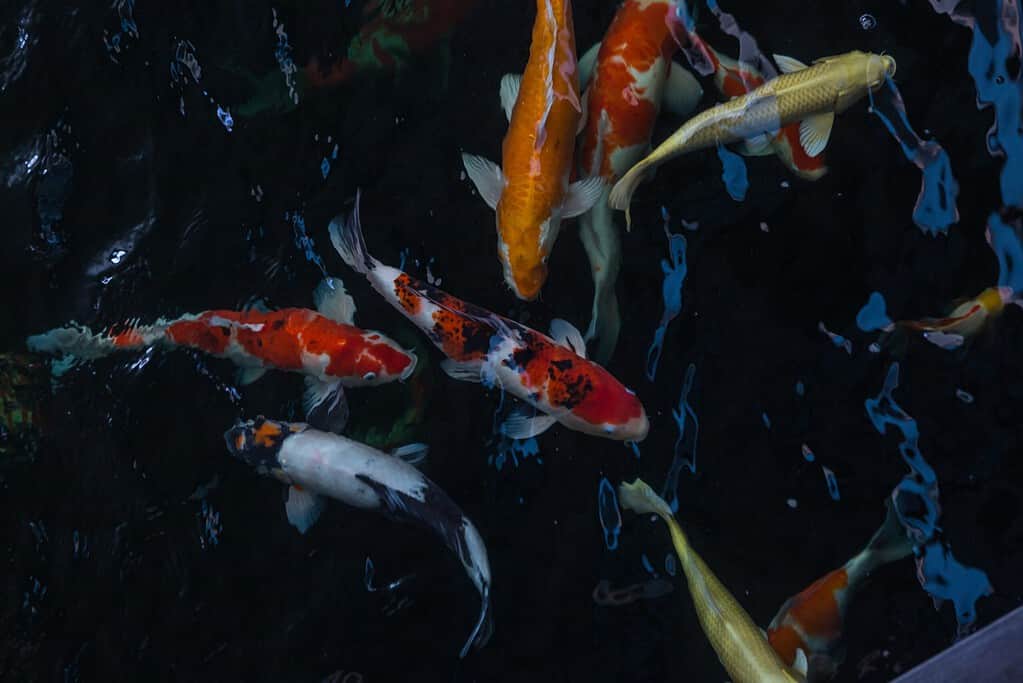
Chinese farmers also started to raise Koi fish in rice paddies, so it’s suitable for eating, but it was until the 1800s, it was introduced as a pet due to its striking colors.
There’s a notion that a colored carp is poisonous. Not all Koi species can indeed be consumed. Some types can just be taken as pets, especially if it’s cross-bred.
One of the carp that’s popular for eating is the common carp or the feral European carp. The common carp is cheaper and has tender meat compared to other carp species that have a bit tough meat.
Its taste would greatly depend on how it will be cooked. Usually, it’s deep-fried or baked, and its internal organs and skin are removed before slicing the Koi meat.
It’s said that the taste of the Koi would depend on what kind of food they’re eating and where they’re staying a few days before cooking.
If you would freshly pick them from the wild, they may have a muddy smell since they love eating algae and anything that’s on the sea or river floor.
To get rid of the muddy aftertaste and to ensure that it’s clean, let it stay in a freshwater tank and feed it with natural foods like fruits and vegetables for at least a week before cooking.
Why You Might Not Want To Eat Koi
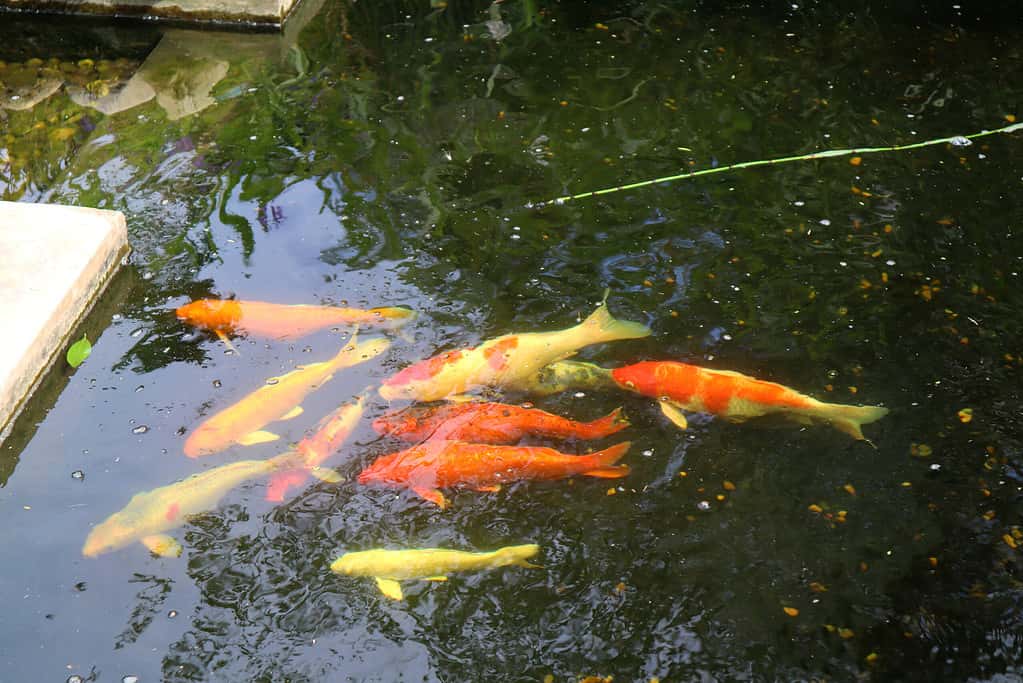
Nowadays, eating Koi fish is no longer a common option for human consumption. One of the reasons you might not want to eat this carp fish is that they usually stay in stagnant water and eat algae with a foul smell.
With this, no matter what way of cooking you do, it’ll still leave an aftertaste. There is also a high chance that you’ll get a bacterial infection if you eat them raw.
Captive-bred is fed chemical feeds to enhance their color quality further, making Koi fish dangerous for human consumption. Exotic restaurants that offer Koi dishes ensure that what they serve on a dinner plate is grown from a clean tank and only eats natural food.
12 Koi Fish Facts
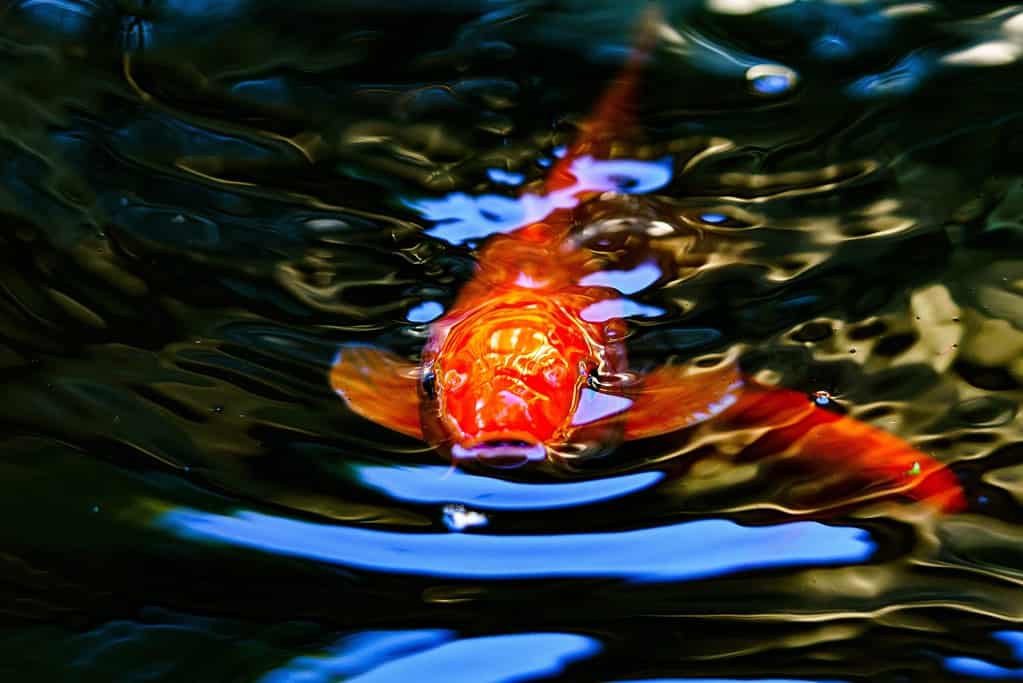
- There are more than a hundred types of Koi fish. Their classification is usually based on their body conformation, colors, and exotic body patterns. It usually comes in white, yellow, or black with orange color patterns.
- This type of carp is surprisingly intelligent. You can teach them to respond to the ring of a bell for a treat or to eat from your hand.
- It’s hard for them to reach their maximum life span in the wild because they can easily attract predators with brilliant colors.
- They can lay up to 400,000 eggs. The spawning can start as long as the conditions are right, like optimum temperature and good water quality.
- Koi fish grown in captivity can grow up to 35 inches depending on their species—domestic Koi, Japanese Koi, or Jumbo Koi—as long as proper care is given.
- Koi fish usually eat foods that are seen at the bottom of the waters. They can eat microorganisms such as zooplankton, insects, algae, and other plants in the wild. They like to feed on watermelon, rice, shrimp, cereal, lettuce, and peas in captivity.
- There are different ways to know a Koi’s age. It’s through their size and scales. You may count the annuli or growth rings to know their age through their scales.
- They don’t only look good together, but they prefer belonging to a group. One of the ways to make them happy is to ensure there are at least more than two in a pond. Be wary of placing other fish species in their pond because they can be bullies.
- Feed them carbohydrate-rich foods in spring and fall, while a high-protein diet in early summer prepares them for their mating season.
- Newly hatched offspring, known as koi fry, are eaten by the koi adults during mating. So, if you would breed, separate the fry immediately to preserve it.
- Wild Koi carp are now considered vulnerable or bound for extinction due to overfishing and loss of habitat. One of the possible reasons why their population is decreasing is because they are considered pests. They increase the water’s turbidity because they stir up the bottom of the ocean, river, or lakes, destroying other fishes’ natural habitat. With this, they are usually taken out from the wild.
- It’s believed that this expensive fish brings in a good luck omen. Koi fish symbolizes individualism, strength, endurance, perseverance, and positivity all around SE Asia.
Final Thoughts
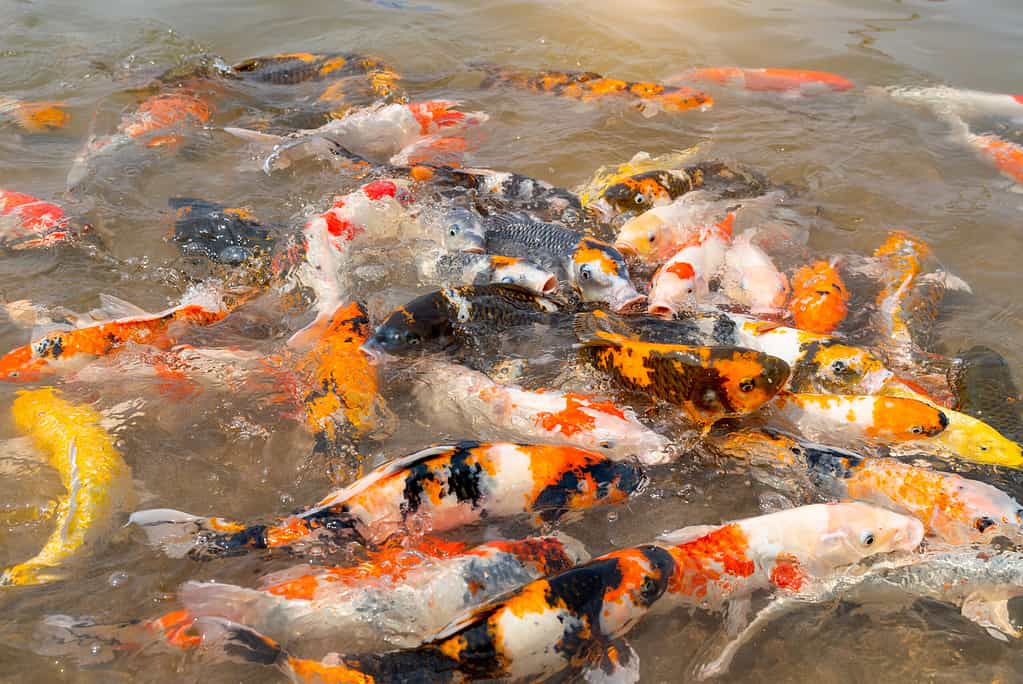
Koi fish may not be a go-to seafood delicacy, but if it’s prepared properly, you can create a unique dish with health benefits. If you’re uncomfortable eating this sacred fish, it can be an awesome pet in your backyard pond.



 Facebook
Facebook YouTube
YouTube